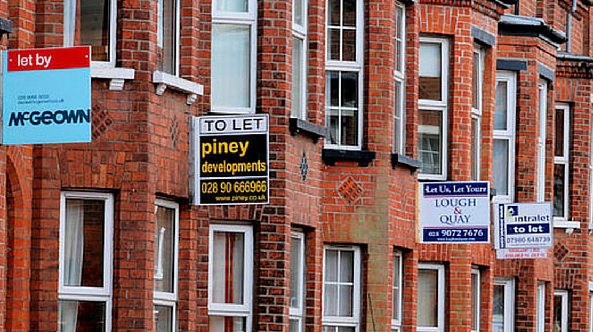From April 2020, new capital gains tax rules are set to take effect, and the changes will impact most sales of additional properties in the UK.
Landlords and property investors are expected to be impacted by new rules coming in next April on capital gains tax, which is paid on any profits made through the sale of a property that isn’t your main residence.
The changes coming in will affect the time you have to pay your capital gains tax bill, the amount of tax relief you can claim if you previously lived in the property, and how letting relief will work.
1. Tighter payment deadline
Because capital gains tax on property is currently paid through your self-assessment tax return, it normally doesn’t need to be paid until the following tax year – so a property sale that incurs CGT in the 2018/2019 tax year doesn’t need to be declared and paid until 31 January 2020.
But from April 2020, sellers will need to pay the full amount owed within 30 days of the completion of the sale. While the cost will be the same (provided rates don’t change), the new time frame will need to be factored in by landlords and property investors selling for profit, as failure to pay within the 30-day limit will lead to penalties.
Current capital gains tax rates on property for 2019-2020 are 18% for basic rate taxpayers (£12,001-£50,000) and 28% for higher rate taxpayers (£50,001+).
2. PRR relief changes
Private residence relief (PRR) means homeowners selling their primary residence don’t have to pay CGT on profits. This also applies to some extent to landlords who used to live in the property as their main residence, but are now selling it.
At present, you are exempt from paying tax on the final 18 months that you owned the property, regardless of whether or not it is rented out. This gives you longer to sell the property after moving out before you become eligible to pay capital gains tax.
From April 2020, this is expected to shorten to nine months, so once you have not lived in a property that was once your main residence for longer than nine months, you will probably need to pay some CGT on profits you make when you sell it.
3. Letting relief changes
For those who qualify for PRR, it might also be possible to claim letting relief. This relief can reduce the capital gains tax owed on a property by up to £40,000 of tax-free gains, or £80,000 for a couple.
Letting relief can currently be claimed if you used to live in the property you are selling, and have also let out part or all of it for residential accommodation. You can claim the lowest of the following: the same as the amount of PRR you will receive; £40,000; the chargeable gain you make from the period you let out the property.
When the new rules come in from April 2020, you will only be able to claim this relief if you live there when it is being sold – if you share occupancy with your tenant.
Deductions and exceptions
Under current rules – and with no expectation of this changing – there are certain costs that can be deducted from your CGT. This includes:
- Stamp duty paid on purchase of property
- Estate agent fees
- Solicitor fees
- Improvement costs (such as extensions)
- Qualifying buying and selling costs (such as surveyor fees)
Aside from this, capital gains tax is only payable on property that is owned by individuals. Where property is owned by a limited company, which is becoming an increasingly popular method to run property investments, corporation tax is applied instead. Corporation tax is currently 19%, and is expected to reduce to 17% in April 2020. Read this article to find out more about running your property investments through a limited company.










